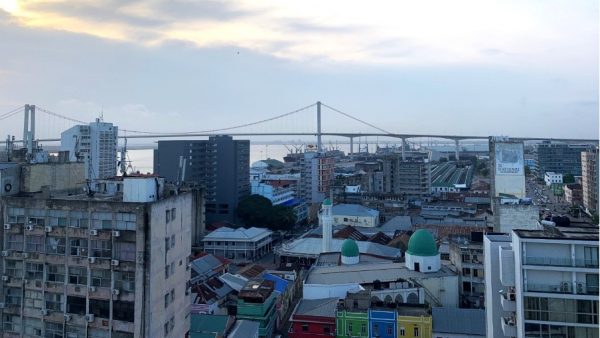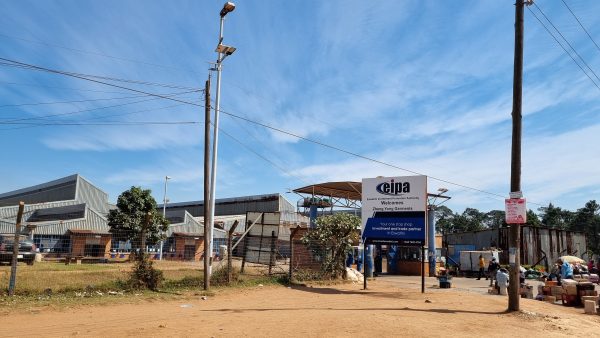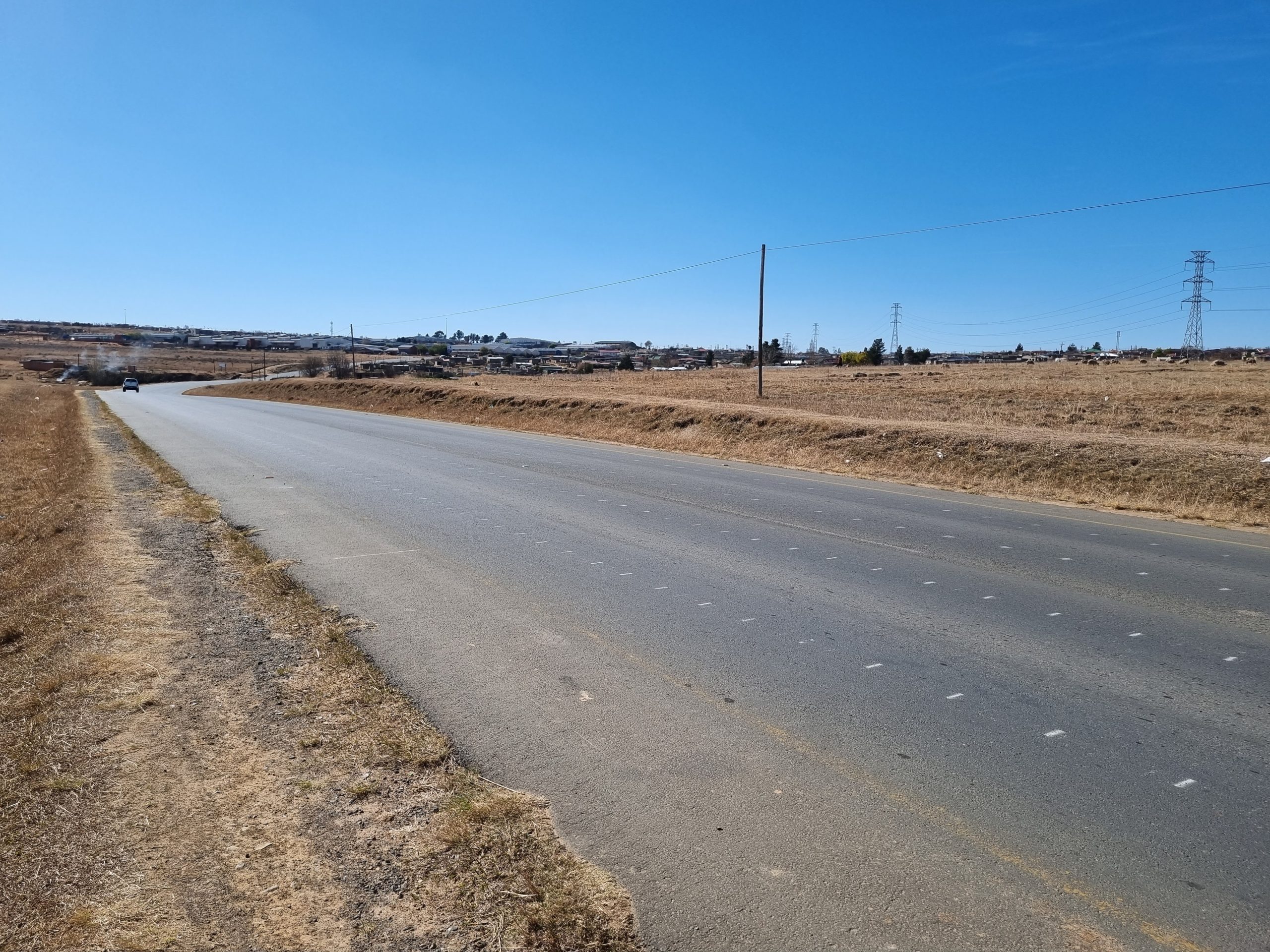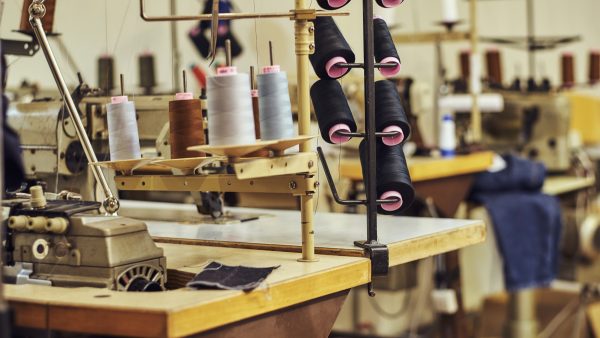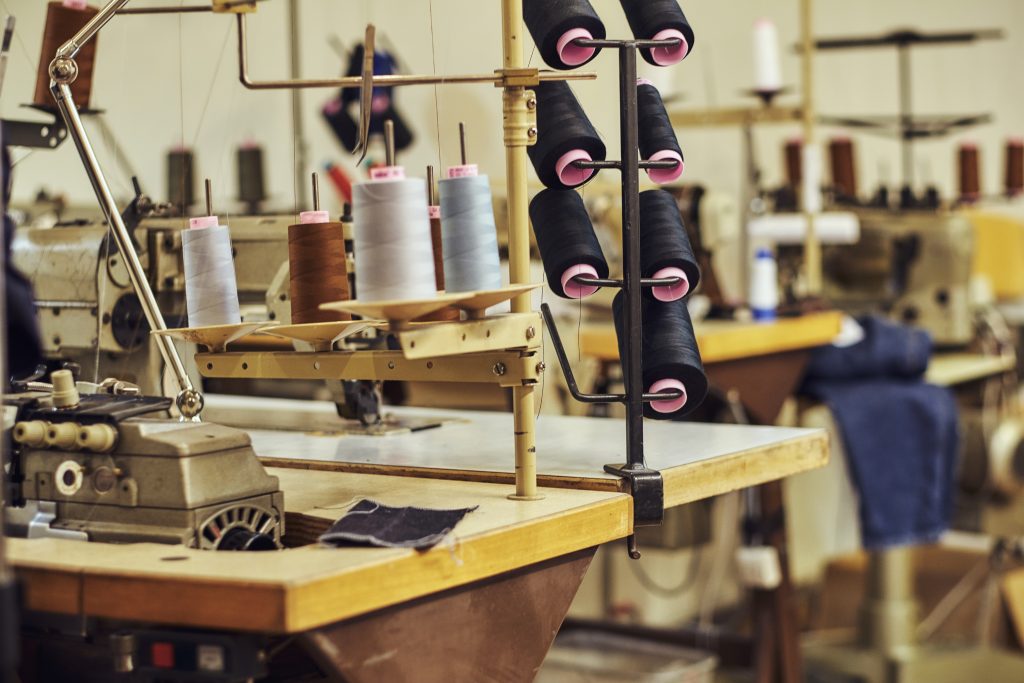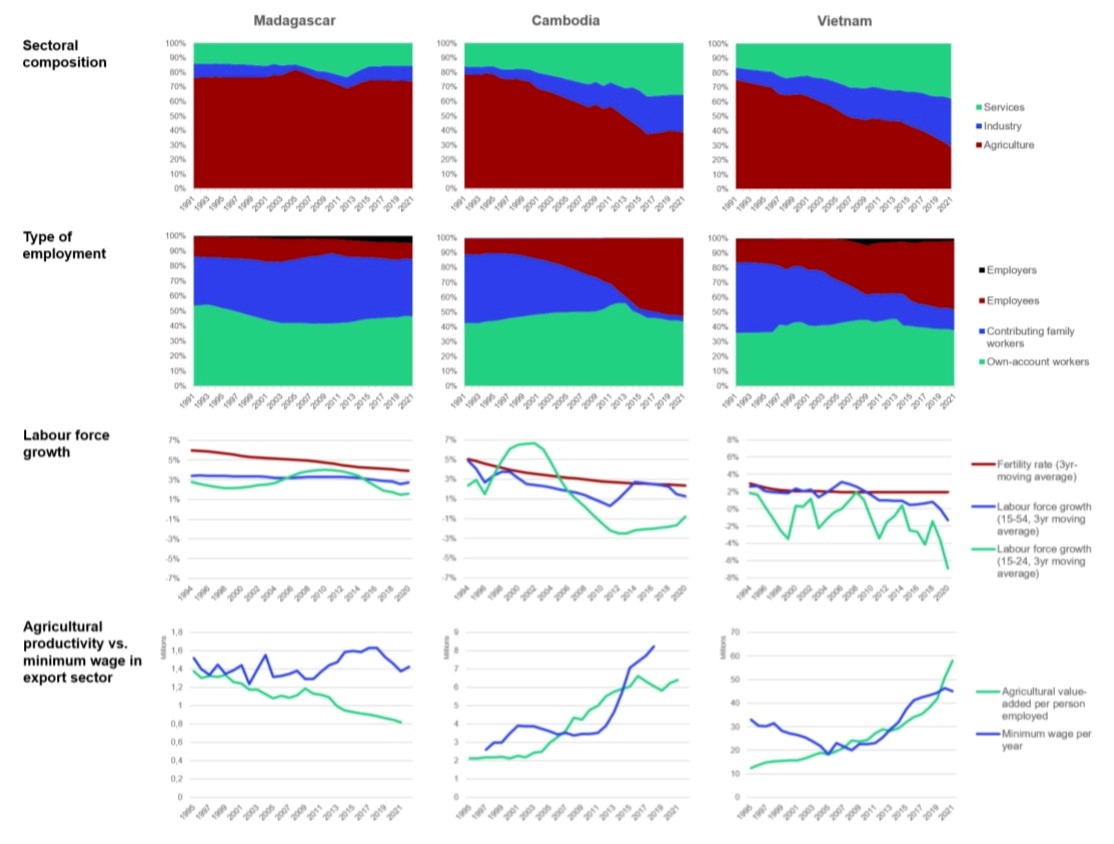By Pedro Alarcón

The general election of 9 October 2024 in Mozambique triggered a political crisis in which hundreds of Mozambicans have been killed, injured or arrested. This blog post seeks to explain its origins and implications.
This is the second part in a two-part blog post. See the first part on Frelimo and the fate of Mozambique here.
In early December 2024, during the protests triggered by the 9 October election, a statue of Alberto Chipande was brought down in Pemba, Cabo Delgado’s capital. It is hard to imagine that the crowd was not targeting the image of Frelimo’s strongman and businessman, once a guerrilla combatant, and fifty years later one of the richest people in the country with links to companies that hold interest in the hydrocarbon sector. Joseph Hanlon, who conducted research on Mozambique for around 40 years, argues that young people believed that the 9 October election was an opportunity for change, yet they saw this opportunity cheated. With the lowest life expectancy index of the continent, three out of four Mozambicans are younger than 30 years old. They lived their whole life under Frelimo rule. They are well aware that prestige inside the party opens the gates to success in private business and conspicuous wealth.
During half a century, Renamo was the challenger, first as a contra guerrilla and then as a political party, exerting formal opposition from the National Parliament. This particular configuration is sometimes referred to as the rule of ‘Frenamo’ to underscore that Renamo was Frelimo’s unpleasant partner in steering national politics (with ups and downs depending on political leverage) and in controlling state businesses (sometimes making their claims with weapons). After all, Afonso Dhlakama, Renamo’s leader, was a member of the Council of State during Guebuza’s presidency. Dhlakama died in 2018 at the age of 65. The government decreed a state funeral with official honors.
To stay in power, Frelimo co-opted the domestic opposition using the state apparatus as a toolbox. Amidst any threat, the Frelimo elite closed ranks and responded as a block. Frelimo governments secured international aid by embracing the changing socioeconomic and political agendas of multilateral aid institutions and Western governments’ aid agencies, or making these aid agencies believe that they embraced them. A few private fortunes thrived during the half-century, but the living conditions in the country barely improved for the majority. Three-quarters of the 35 million Mozambicans live in poverty, and the figure is growing. Maintaining control over society has been an increasing challenge for Frelimo as elections proved an illusion, and wealth generated by natural resource extractivism serves to keep clientelistic and patronage networks rather than to benefit the majority. Frelimo increasingly bets on state authoritarianism and outright repression.
The 2019 general election was the last election in which Renamo was the second force in parliament after Frelimo. On 23 December 2024, the Constitutional Court ratified Daniel Chapo as the winner of the 9 October presidential election and Frelimo with a majority of seats in Parliament. Podemos had the second largest amount of seats, with 43 seats out of 250. For the first time since 1994, Renamo was not second. It goes without saying that Podemos’ unexpected electoral success was linked to the support of Venancio Mondlane as a presidential candidate. After the announcement of the Constitutional Court, protests resumed countrywide; between December 23 and January 9, 165 people were killed, 36 more than during the previous ten weeks.
Venancio Mondlane returned to Maputo from his self-exi le on 10 January. At least three more people were killed while trying to reach airport facilities to take part of a massive reception. The morning of Mondlane’s arrival, the leaders of the political parties met President Nyusi in his office. Hours before, Podemos announced that the party was occupying their seats in parliament, tacitly accepting the results of the election. A setback for Mondlane, he officially broke with Podemos on February 4th in a press release.
Daniel Chapo was sworn in on 15 January amidst street protests in Maputo. Five days before, on the other side of the Atlantic, Nicolás Maduro assumed for the third time the presidency of Venezuela. Maduro’s election was also contested, locally and internationally. Nevertheless, his assumption meant a turning point to five months of fraud allegations, local protests, and demonstrations across all Latin American main cities with large communities of Venezuelan migrants. International pressure also faded. After all, Venezuela is an oil-rich country, and the global North still yearns for fossil fuels despite climate commitments and the rhetoric of a transition towards cleaner energy sources. With the benefit of hindsight, this could also apply to Mozambique. While Maputo awaits with high hopes the resumption of natural gas extraction in Cabo Delgado, President Chapo announces austerity measures to cope with the crisis. Attacks by the Al-Shabab also continue; by mid-2024, more than five thousand people had been killed and more than half-million have been displaced in Cabo Delgado’s third war.

Mass mobilization accompanies Venancio Mondlane in his tour throughout the country. In an interview for a British newspaper, Mondlane declared to have been offered a minister position in the new government, and that he was considering it. Daniel Chapo never denied it. Perhaps things never change: Frelimo’s old strategy of coopting the opposition, as the opposition mobilizes the people to put pressure on the government.
Indeed, nothing has changed for the majority of Mozambican citizens. Mondlane catalyzed the opposition against Frelimo. In many ways, he unified a fragmented opposition that was found outside the formal political parties. Nevertheless, o povo (the people) was on the verge of a backlash after fifty years of Frelimo’s rule. But it seems it is not enough to alter the Mozambican political landscape. Alternatives must be offered. Alternatives to a democratic politics that maintain clientelist networks and co-opt oppositional forces. Alternatives to natural resource extractivism and rentier state dynamics that benefit few private pockets. Without addressing structural problems, the country will reproduce its history of suffering or, in words of Yussuf Adam, Mozambique might escape the crocodile’s teeth only to fall into the leopard’s mouth (“escapar aos dentes do crocodilo e cair na boca do leopardo”).
Pedro Alarcón is a Global Forum Democracy and Development (GFDD) research fellow at the Nelson Mandela School of Public Governance of the University of Cape Town. Alarcón has held guest professor positions and fellowships in Europe, Latin America and South Africa. His research lies at the crossroads of climate change, energy, and society. Regions/countries of interest: Southern Africa, Andean countries, the Philippines. https://globalforum.ceu.edu/pedro-alarcon/

